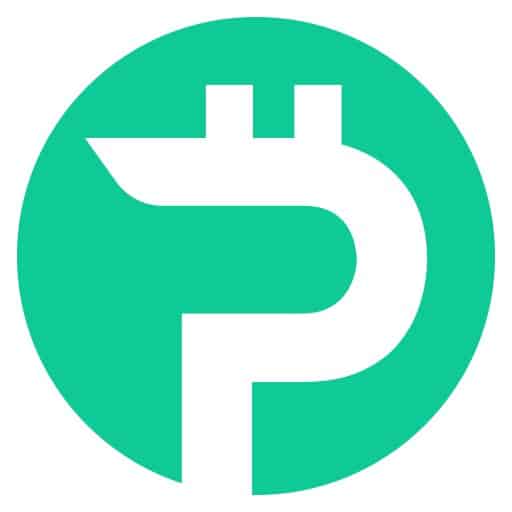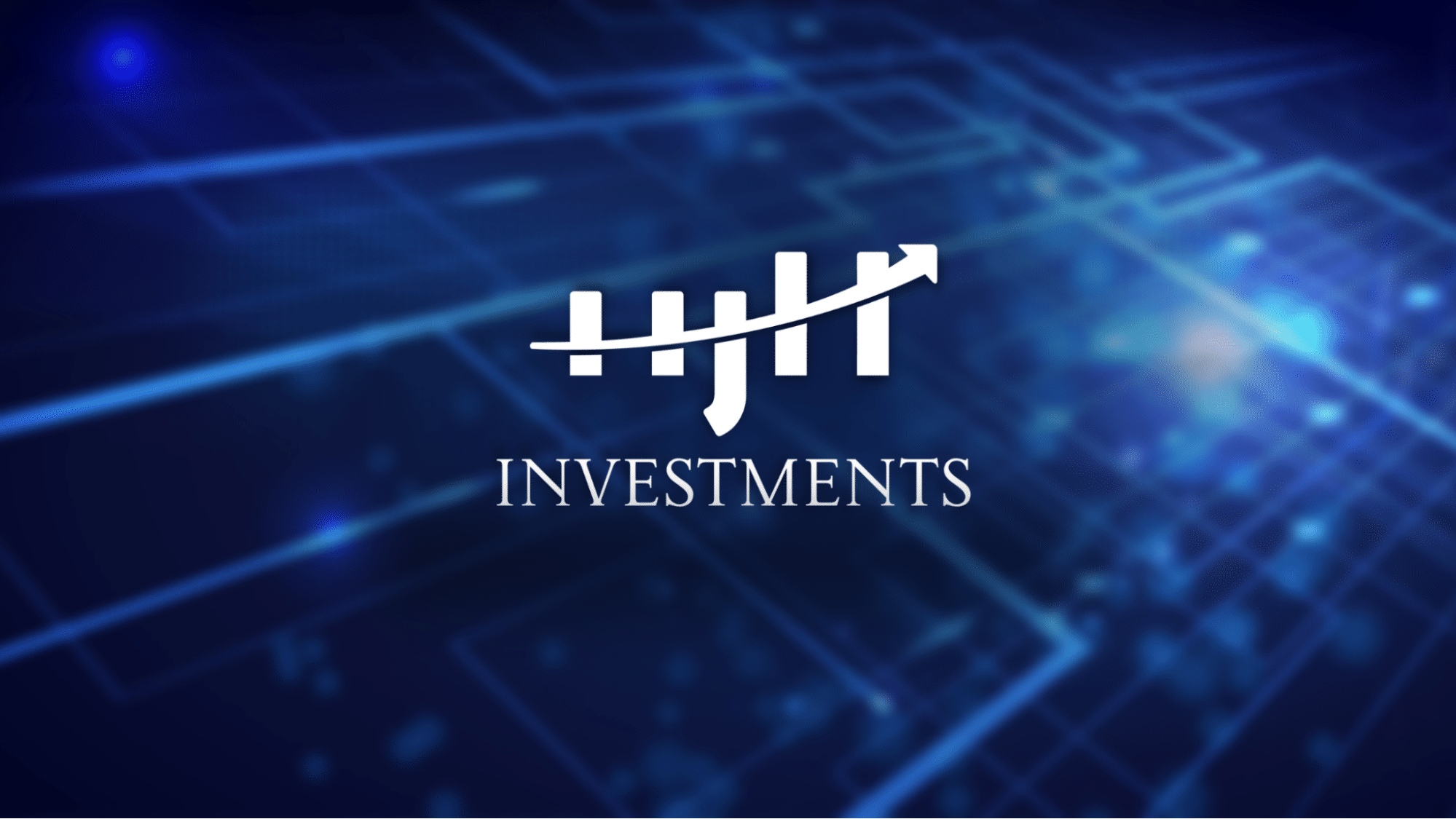Siacoin (SC) is the native cryptocurrency for the Sia blockchain platform. Siacoin serves as a way for customers to pay hosts for renting storage space. The Sia project is meant to create a distributed, decentralized network for cloud data storage. The utility is similar to Dropbox or Google Drive, but Sia allows individuals to make […]
Siacoin (SC) is the native cryptocurrency for the Sia blockchain platform. Siacoin serves as a way for customers to pay hosts for renting storage space. The Sia project is meant to create a distributed, decentralized network for cloud data storage. The utility is similar to Dropbox or Google Drive, but Sia allows individuals to make their hard drive space available for rent, and users of the platform can use other peoples’ hard drive space to store files.
Siacoin price
The Sia test platform went live in early 2015. That was shortly followed by the creation of the first siacoin block – also known as the genesis block. A block reward of 300,000 new SC was given to the Sia developers who mined it. A block reward is the number of newly created, free coins given to successful miners for creating new blocks.
A tapered issuance system was coded into the Sia protocol by the project’s developers where each new block mined produced 1 less siacoin as a block reward, until block number 270,000 was reached. After that, siacoin blocks rewards became fixed at 30,000 SC per block.
The total supply of siacoin is unbounded, meaning there is no hard limit on how many siacoins can be in circulation. That protocol was established to allow the Sia platform to scale to millions of users and ensure it could always be used.
To help keep the supply in check, Siacoin’s developers introduced a token burn feature – a mechanism for permanently removing tokens from circulation. According to the official website, “sellers of storage on the network will burn coins to prove that they are real and have good intentions towards the network.” In other words, hosts who remove more of their own coins from existence are presumed to be more trustworthy.
In January 2018, the price of SC hit its all-time high of $0.093 but dropped over the rest of that year. By November 2018, Siacoin had fallen under the $0.005 level and remained beneath the price point for more than two years until it returned above it. In April 2021, SC’s price rose to $0.063 – its highest level in more than three years.
How does Sia work?
The Sia blockchain operates using a proof-of-work consensus mechanism, the same kind of system Bitcoin uses to verify and secure transactions. Mining nodes on the Sia network run specialized computing equipment in order to compete for the opportunity to add new blocks to the Sia blockchain. When a miner successfully adds a new block to the Sia blockchain, they receive block rewards and any fees attached to the transactions they store.
Using this blockchain system, renters enter into contracts with hosts who specify prices, technical requirements and any other aspects of the relationship between the renters and the hosts. Contracts generally last 90 days and are automatically renewed ahead of expirations. Renters use siacoin to buy storage capacity, and hosts deposit siacoin into each file contract as collateral.
The project consists of two main products:
Sia Storage Platform: Renters (those looking to store data) pay hosts (those providing spare hard drive storage) using Sia’s native cryptocurrency, siacoin (SC).
Skynet: Skynet works similarly to the Sia Storage Platform, but data stored using Skynet is not encrypted and is publicly accessible through Skylinks – unique identifiers that point to data on the Skynet network. Contents can be accessed using web portals.
Key events and management
The Sia project was originally founded in 2013 by two computer science students, David Vorick and Luke Champine. A year later, the two started a company called Nebulous Inc., which received financial backing from Fenbushi Capital, INBlockchain, Raptor Group and First Star Ventures. A year later, the Sia storage platform launched.
- In October 2019, the project reached a $225,000 settlement with the U.S. Securities and Exchange Commission (SEC) for the unregistered securities offering of its siafunds token in 2014.
- In April 2021, the company officially rebranded from Nebulous to Skynet Labs.
One of the company’s most important hard forks to date (non-backward compatible upgrades that require all network participants to download the latest version) took place in February 2021. The event introduced a new nonprofit organization called the Sia Foundation – an entity that markets and develops the Sia network.









